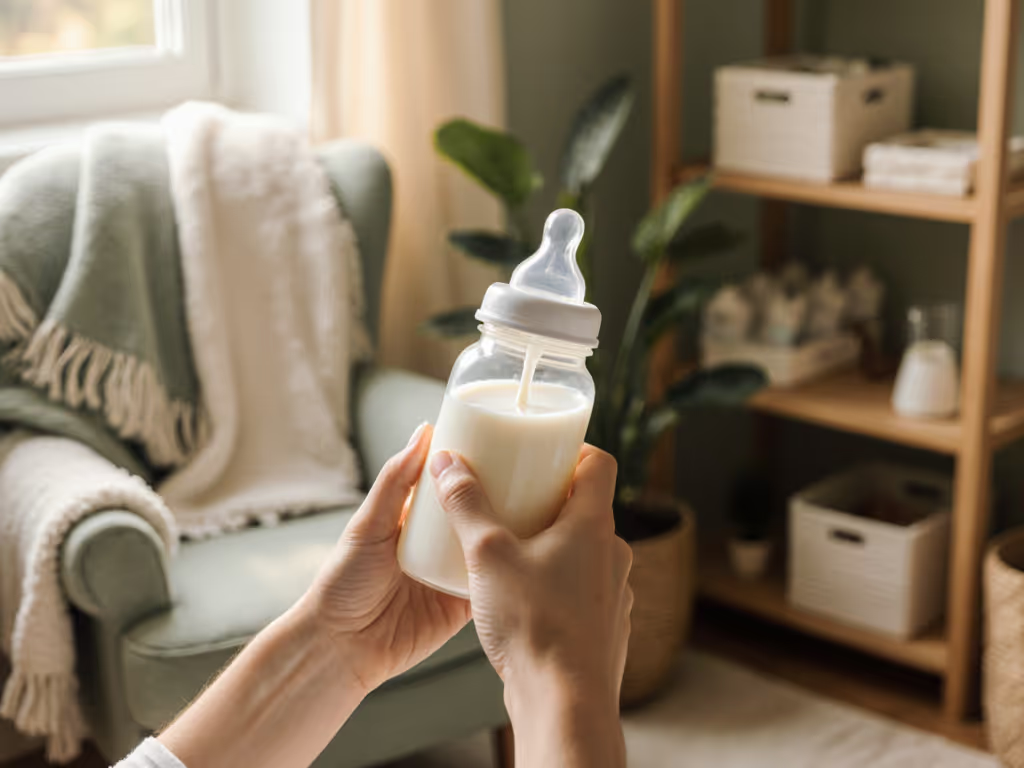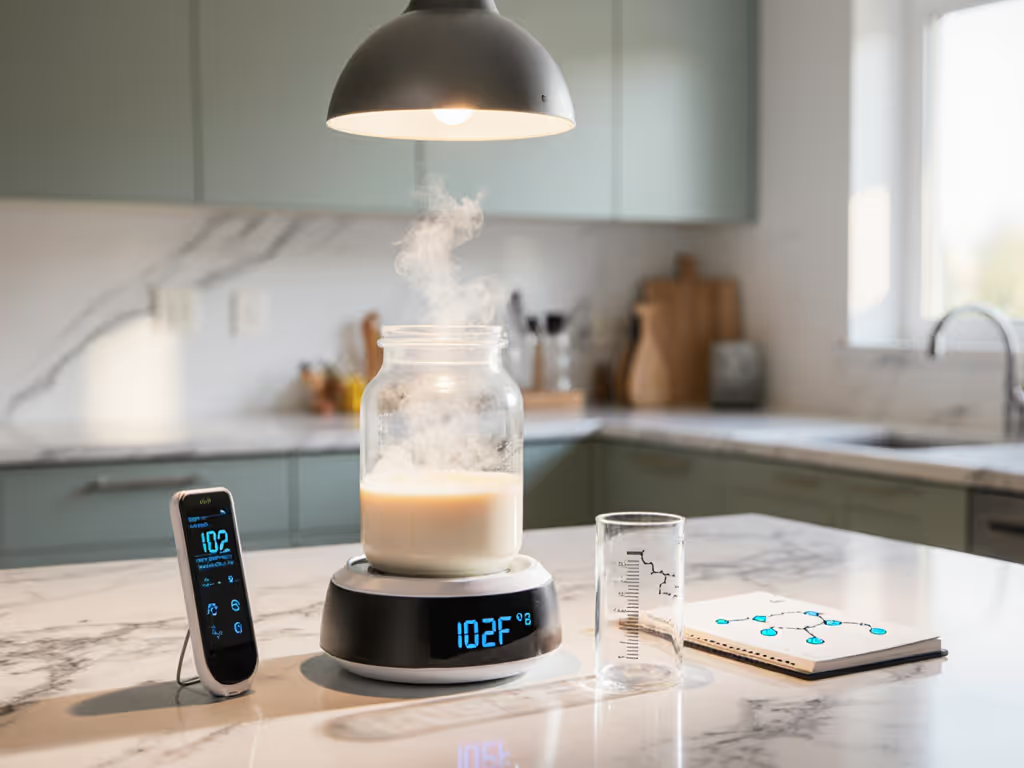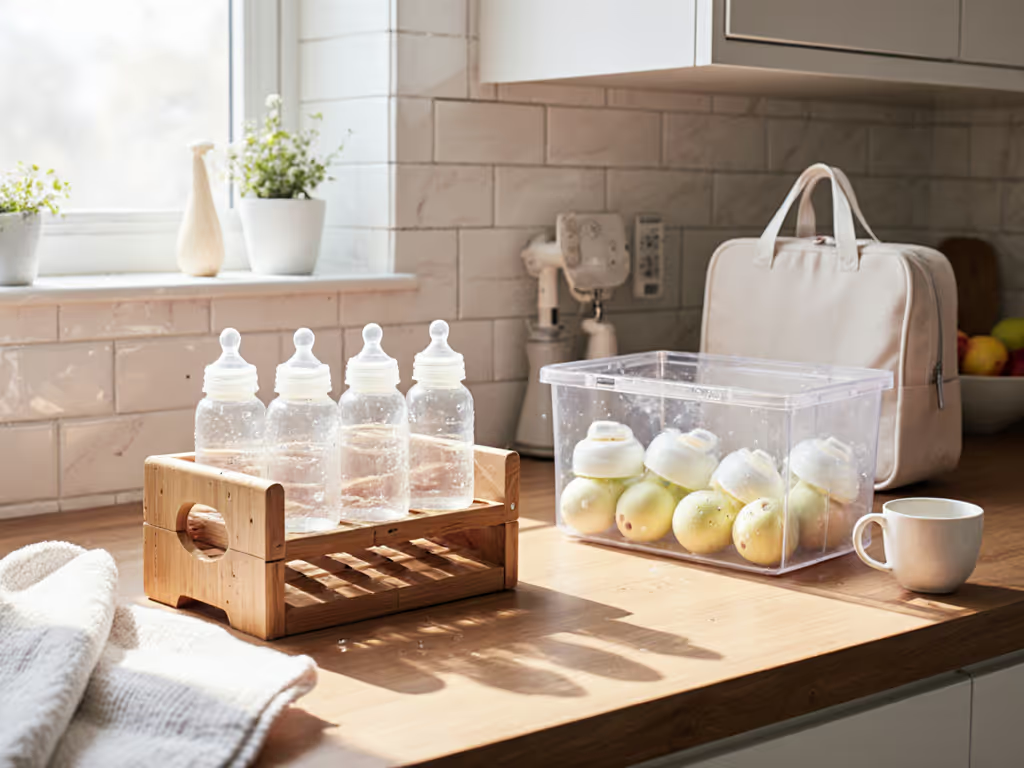

Yusuf Haddad
Linking standardized tests and caregiver logs to measurable feeding outcomes
21Articles
6Categories
About
Links standardized tests with real-world outcomes like weight gain and spit-up reduction. Background in consumer research and data analysis focused on reliability and repeatability.
Core Beliefs
Outcomes should govern recommendations; labels and tiers are secondary.
Background
A caregiver diary landed on my desk with weight logs, spit-up counts, and timestamps. Overlaying that with flow-rate curves revealed a mismatch: 'slow' nipples spiked early. Switching to a truer slow brought steadier weight gain and calmer burps. That dataset convinced me outcomes, not labels, should drive recommendations.



